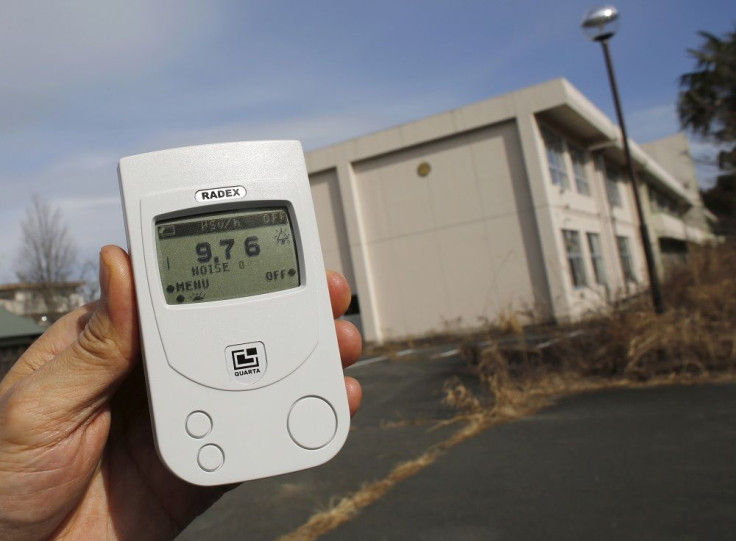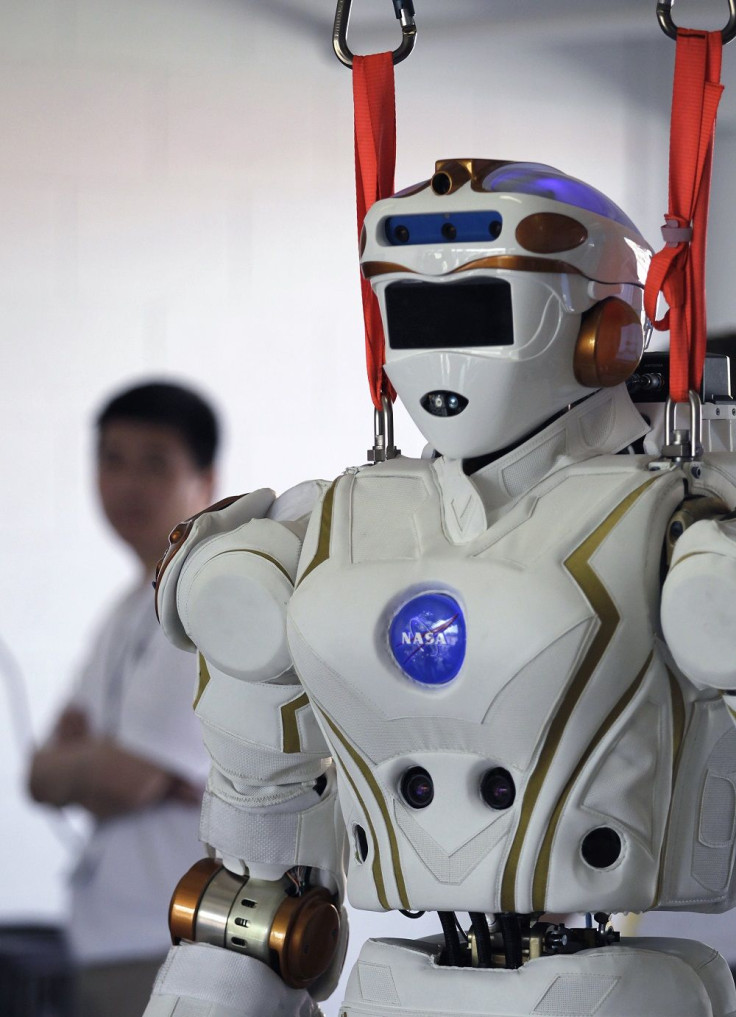Even robots deployed to clean Fukushima nuclear plants die as radiation destroys wiring

It is exactly five years when the magnitude 9 earthquake rocked Japan which triggered tsunamis and destroyed the Fukushima Daiichi nuclear plant. To this day, the company has yet to stop groundwater from becoming contaminated because it is too dangerous for humans to do the job.
The operator of the plant, Tokyo Electric Power Co (Tepco), tried using robots to do the job or removing melted fuel rods, but the radiation at the site was still too strong that robots deployed died after its wirings were destroyed, reports Reuters. Tepco developed the robots that could swim under water and negotiate blockages in damaged tunnels and pipes to look for the melted fuel rods.
However, when the robots get closer to the reactors, its wirings were destroyed, further delaying the difficult task of accessing the inside of the damaged nuclear plant, explains Naohiro Masuda Tepco head of decommissioning. He says it took Tepco two year to develop a single-function robot which was custom-built for each building.

Masuda says that conditions at the Fukushima power station has improved, with radiation levels in some parts as low as in Tokyo. There are over 8,000 workers at the facility at any one time removing debris, storing tanks, laying pipes and preparing to dismantle parts of the plant. Majority of the task involves pumping water in the site to cool down the radiated reactors.
Their biggest headache is where to store million tonnes of radioactive water, which could leak into the sea, says Akira Ono, site manager.
The killer quake took the lives of about 19,000 people who have been confirmed dead or are missing, while 160,000 lost their homes and jobs.
Despite the 2011 experience, the Abe administration aims to have nuclear power make up to 22 percent of Japan’s energy needs by 2030. That would mean restarting 30 to 33 reactors of the 43 operable reactors to meet the target, says Syusaku Nishikawa, analyst of Daiwa Securities.
But Chief Cabinet Secretary Yukio Edano has expressed reservation about the restart plan. He strongly questions if evacuation plans are sufficient in case of another meltdown.





















